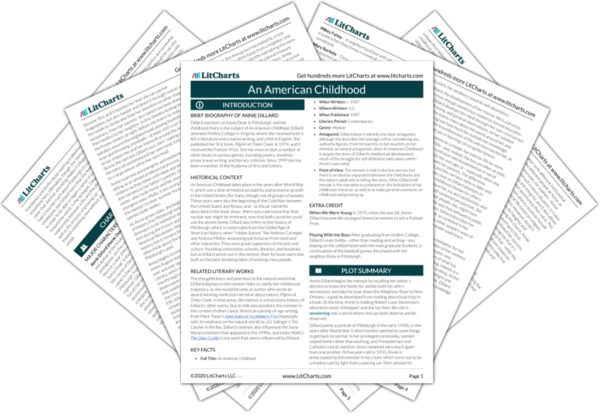Annie’s paternal grandmother is an elegant, tall redhead. Oma is alluring to Annie in her willingness to chat about adult subjects and include Annie in her daily domestic traditions. But Annie is also aware of a rivalry between Oma and her mother, who fight to have influence over Annie and Amy. Oma was raised very privileged, but Annie’s mother (and thus increasingly Annie as well) think of her tastes as tacky. She is, however, kind and generous to her family, even though she can also be close-minded and even racist.
